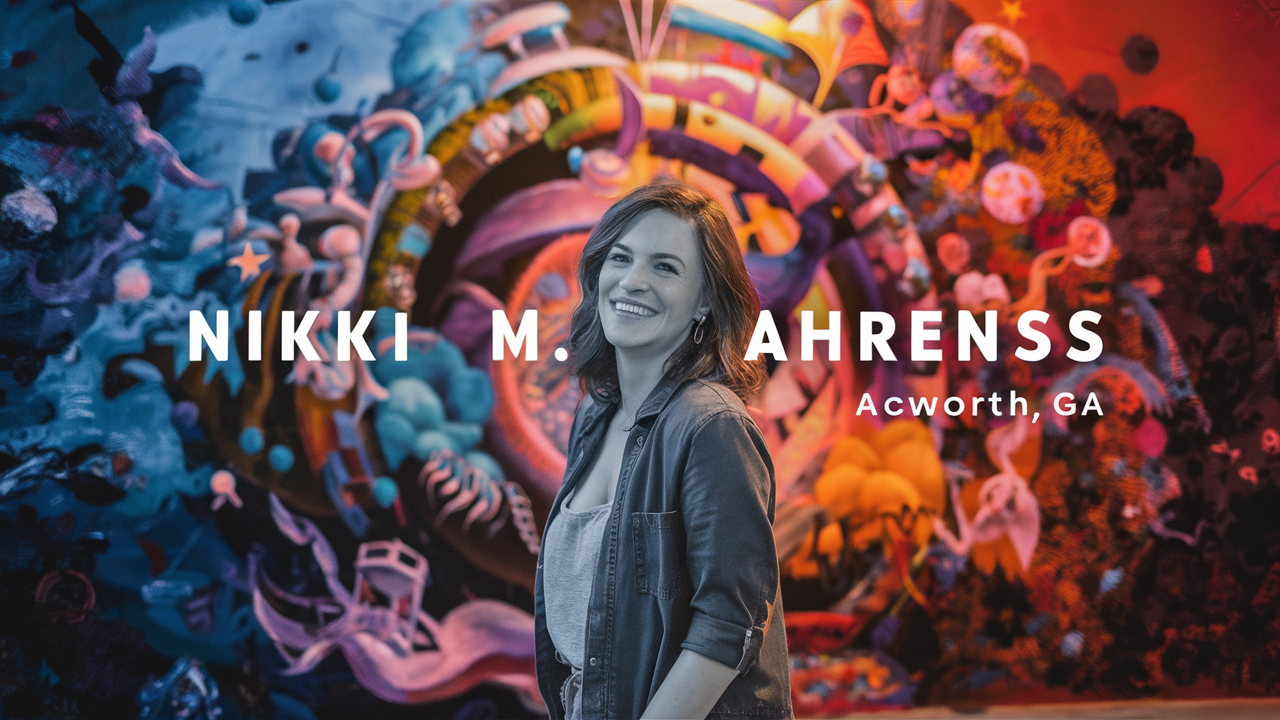Venus Webster Alabaster: A Timeless Symbol of Elegance and Strength

Introduction
Venus Webster Alabaster is more than just a name; it encapsulates a legacy of beauty, resilience, and artistry. The term evokes an image of timeless elegance and enduring strength, akin to the Roman goddess Venus herself. Whether you’re discussing this in the context of art, architecture, or metaphorical inspiration, Venus Webster Alabaster holds a significant place in human imagination. This article dives into its historical significance, artistic value, and how it continues to resonate in contemporary culture.
1. The Historical Significance of Alabaster
Alabaster, a fine-grained, translucent form of gypsum, has been revered for centuries. Its origins trace back to ancient civilizations, where it was used to craft intricate sculptures, vases, and ornaments. The allure of alabaster lies in its ethereal glow and its ability to be intricately carved, making it a favorite among artisans.
Use in Ancient Civilizations
The ancient Egyptians often used alabaster for canopic jars and small decorative items. It symbolized purity and was associated with the divine, frequently used in temples and tombs. Similarly, the Mesopotamians crafted alabaster reliefs that depicted their deities and royal figures, showcasing their intricate artistry.
Medieval and Renaissance Applications
During the Middle Ages and the Renaissance, alabaster became a preferred medium for religious art. Churches were adorned with alabaster altarpieces, statues, and bas-reliefs that depicted scenes from the Bible. The material’s softness allowed artists to create detailed expressions, adding depth to their creations.
2. Venus: The Divine Inspiration
The goddess Venus, symbolizing love, beauty, and fertility, has inspired countless works of art and literature. The combination of Venus and alabaster creates a metaphorical and literal representation of perfection.
Artistic Representations of Venus
Artists like Botticelli and Titian immortalized Venus in their masterpieces. Alabaster was often used to sculpt Venus-like figures, embodying her grace and allure. These sculptures, with their smooth and glowing surfaces, mirrored the divine qualities attributed to Venus.

Venus and Modern Symbolism
In modern times, Venus represents not only beauty but also empowerment. The alabaster metaphor extends to describe individuals or entities that are resilient yet graceful, echoing the strength and elegance of the goddess.
3. The Role of Webster in Popularizing Alabaster
The Webster family, known for their contributions to art and design, played a pivotal role in popularizing alabaster during the 18th and 19th centuries. Their workshops became renowned for producing high-quality alabaster sculptures and ornaments.
Webster’s Techniques
The Websters perfected techniques that enhanced the natural beauty of alabaster. They innovated polishing methods and experimented with incorporating other materials like bronze and gold, creating unique pieces that captivated the aristocracy.
Influence on European Design
Webster alabaster became a staple in European homes, signifying sophistication and taste. Their creations ranged from grand sculptures to delicate trinkets, ensuring alabaster’s appeal across different social classes.
4. Alabaster in Contemporary Culture
Today, alabaster continues to be a symbol of luxury and artistry. Its application has evolved beyond traditional sculptures to modern interior design and fashion.
Modern Uses
In interior design, alabaster is used for lighting fixtures, wall panels, and decorative accents. Its translucent quality adds a warm and inviting ambiance to spaces. Fashion designers have also drawn inspiration from alabaster, creating garments and accessories that mimic its smooth texture and luminous appearance.
Sustainability and Ethical Considerations
As with any natural resource, sustainability is a concern. Contemporary artisans and manufacturers are exploring ways to source alabaster ethically, ensuring that its legacy endures without compromising the environment.
5. The Metaphor of Alabaster in Literature and Life
Alabaster is not just a material; it’s a metaphor for qualities like purity, strength, and endurance. Writers and poets often use alabaster to symbolize eternal love, unyielding resilience, or other noble attributes.
Literary References
Shakespeare, in his works, frequently used alabaster to describe beauty and immortality. For instance, in Othello, Desdemona’s beauty is likened to alabaster, emphasizing her purity and timeless allure.
Inspiration for Modern Audiences
In contemporary self-help literature and motivational speeches, alabaster symbolizes the idea of being unbreakable yet adaptable. This duality inspires people to embrace their inner strength while maintaining grace under pressure.
Conclusion
Venus Webster Alabaster is a confluence of art, history, and inspiration. It represents a timeless legacy that bridges the gap between ancient traditions and modern aesthetics. Whether as a material, a symbol, or a source of inspiration, alabaster continues to captivate and inspire. By understanding its historical roots and modern applications, we gain a deeper appreciation for its enduring allure.
Frequently Asked Questions (FAQ)
1. What is the significance of alabaster in art history?
Alabaster has been a cherished material since ancient times due to its workability and luminous quality. It was widely used for sculptures, religious artifacts, and decorative items, symbolizing purity and elegance.
2. Why is Venus associated with alabaster?
Venus, the Roman goddess of love and beauty, embodies qualities that resonate with alabaster’s attributes: smoothness, luminosity, and timeless appeal. Together, they symbolize perfection and grace.
3. How did the Webster family influence the alabaster industry?
The Websters were instrumental in elevating alabaster’s status during the 18th and 19th centuries. They innovated techniques and created a variety of products that popularized alabaster among European elites.
4. How is alabaster used in contemporary design?
Alabaster is now used in modern interior design for lighting fixtures, wall panels, and decorative items. Its translucent quality makes it a popular choice for creating warm and elegant spaces.
5. What does alabaster symbolize in literature?
In literature, alabaster often symbolizes purity, immortality, and resilience. It is frequently used as a metaphor for enduring beauty and strength.



